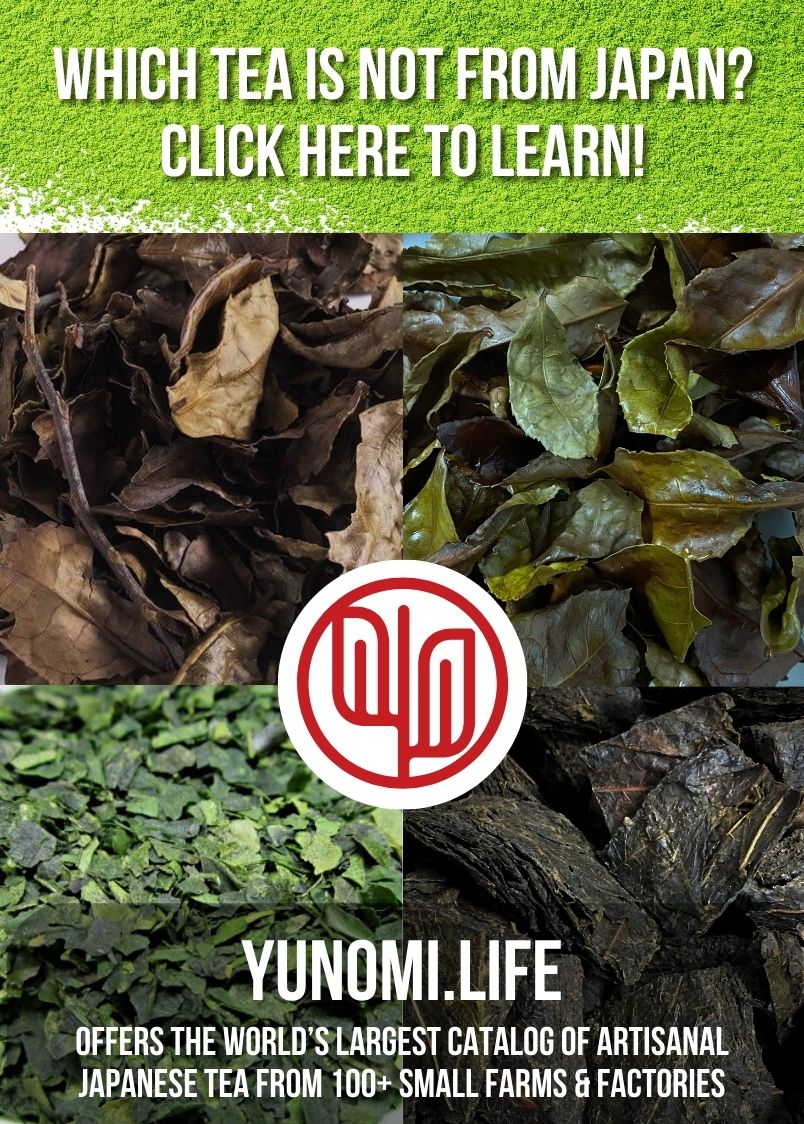Stallion in Gold, Tieguanyin Turns Red

Tieguanyin becomes a red (black) tea: This is a new variety of black tea produced from a new cultivar that is developed from tieguanyin
jin guān•yīn 金觀音 aka Guanyin Hong, Tieguanyin Black Tea etc
origin: Fujian
a bit of market background
The tea market in China is a lot more than producing tea and selling it to the consumers. Speculations, market manipulation, and not to mention corruption and forgeries, are making the simple enjoyment of old fashion tea too complicated than it needs to be. Usually, in the Mainland, I’d just stay clear of so-called “trends”, “innovation”, “awards”, and sayings by so and so professors or officials. Call me conservative or whatever, I always focus just in quality and values.
jin junmei: of hype and profiteering
Recently a new black tea by the name of Jin Junmei (Eyebrow of the Golden Stallion, and similar sound as Gold, Handsome and Beauty. What vulgarity! But how sadly and honestly it reflects so blatantly the mainstream cultural sentiment in the country that is hardcore materialism) is in trend. Claiming to be made in some restricted area in Wuyi, with an exclusive limited production of 1000 kg, the label is flooding the whole Chinese market with price tags ranging from a few hundreds (RMB) to a few thousands for half a kilo. Some even tens of thousands. I guess it would need at least 2000 tons to stock each teashop with a mere kilo of the tea for a market that size. Ridiculous as it may seem, the marketing scheme is working, and the price rising. Some people are rich and stupid. Some people are making money. Teashops are stocking up. I don’t think the popularity or the price will sustain. Eventually it will be another crash, like what happened to puer, or so many other commodities that some people have invented devices for the price to soar.

Jin Jun Mei, aka Golden Stallion 金駿眉, a black tea style developed in the 2000’s in the Wuyi area and its vicinity. It is as good as the genuine, non-smoked, traditional Lapsnag Souchong, except softer, yet the price has been much hyped up
In this context, it was pure pleasure to have discovered this new and much less talked about tea —Guanyin Hong.
an honest tea with quality
It has a sweet floral aroma much higher pitch and fuller than any, including Darjeeling or Fujian (Minhongs), and one of the liveliest liquor in black tea. The body is smooth, sweet and also floral. More importantly, the price is below average amongst finer black teas. Well, at least before some wise financier finds a handle on it to create another bubble.
I guess the innate nature of its oolong (wulong) tree leaves and the improved process management give it this outstanding character. I have not witnessed its production yet at the time of this writing, but have talked to a few producers and done some reading about it. Information from Chinese sources has to be cross-referenced and counter-checked with what I know as facts. I wish there were a source of credibility to make my work easier. Anyway, here is my report:
tieguanyin: a bursted bubble
The price bubble of Tieguanyin a decade ago had busted the financial independence of villages of tea farmers spreading across Fujian. (When are they going to learn?) To survive, some turned to new cultivars and thus new varieties of Tieguanyin style oolongs. Names like Jin Guanyin, Jin Mudan, Baiye Guanyin etc were attempts to break the stagnant situation in vain. The upside of this is that the over saturation of Tieguanyin in the market has come down and the price normalizes. The downside is the victimization of some of the less lucky farmers, producers and sellers.
What I did not know was that some were trying to turn the low return leaves into other things: black tea.
- The appearance of infused leaves tells something about the nature of the tea: Jin Guanyin (金觀音)
- The appearance of infused leaves tells something about the nature of the tea: Xingren Xiang Dancong (杏仁香單欉)
- infused leaves: Original Lapsang Souchong (Zhengshan Xiaozhong) 正山小種 Comparing the infused tealeaves of a traditional Lapsang Souchong, a smoked Lapsang Souchong, and a Bailin gongfu black tea made in the xioazhong style
- The appearance of infused leaves tells something about the nature of the tea: traditional quality Dianhong Golden 滇紅金毫工夫紅茶
black teas from wulong (oolong) trees
I think some people saw the saturated market of Tieguanyin and contrasted it with the under-developed consumer market for black tea and got the idea. Whether it was people in tea research institutes, local government, or people in the trade, I have not gathered any significant evidence of proof to the claims. In China, when there is a good idea, it got copied very quickly. By 2008, a few villages were making small quantity of black teas from Tieguanyin based cultivars and selling them. By 2010, I noticed it but hadn’t tasted any persuasive quality yet. It was only June this year that I had my hands on a respectable batch that interested me to start the investigation.
jin guanyin: a new cultivar
Although many in the media said the main cultivar is Tieguanyin, I believe my producers that the plant is Jin Guanyin. Jin Guanyin is a cultivar that is a cross between Tieguanyin and Huangjin Gui, two popularly adapted cultivars in Fujian. The leaves tend to be a bit softer and smaller like the latter, thus allowing the intense twisting in the production process. They grow faster and more abundantly too, making it one of the more popular choice for new tea fields. In fact many new producers claiming that their farms organic employ to various extents this plant. However, Tieguanyins produced from them taste like inferior products. I had not known that there is this way out for them by turning the leaves into black tea.
I have heard and read also that other variants of the Tieguanyin cultivar are used to produce various qualities. Not all productions from Jin Guanyin are fine, as is any tea from any particular cultivar. The selection I am showing here is from Shuangxi near Fuding from a veteran black tea producer who is my age. I think experience and intimate understanding of the process matters and that distinguishes the products from those produced by people who enter the trade for the trend.
buying tips
The shoots of Jin Guanyin have no obvious downy hair, so do not look for golden colour tips in this product. ( Contrary to myths, the amount of downy tips in a tea is NO indication of its quality, for almost any tea. ) Leaves are plucked individually for the production and they have inserted a step of picking out bad fresh leaves before withering so you will see individual tightly twisted curly twigs of even sizes like those in Red Plum Classic, or larger. Fresh batches should not smell plumy though, but rather the Minhong type fruity floral and malty, almost cookie type of aroma in the dry leaves.
Tasting is still the key for distinguishing a good buy.
In terms of price, expect a fine selection to be under the average of their Sichuan or Zhejiang counterparts, and about the same or slightly above that of Bailin or Darjeeling, a bit over that of Dianhong but way below Tanyang, Souzhong and definitely way, way below Jin Junmei! ( at the time of this writing )














